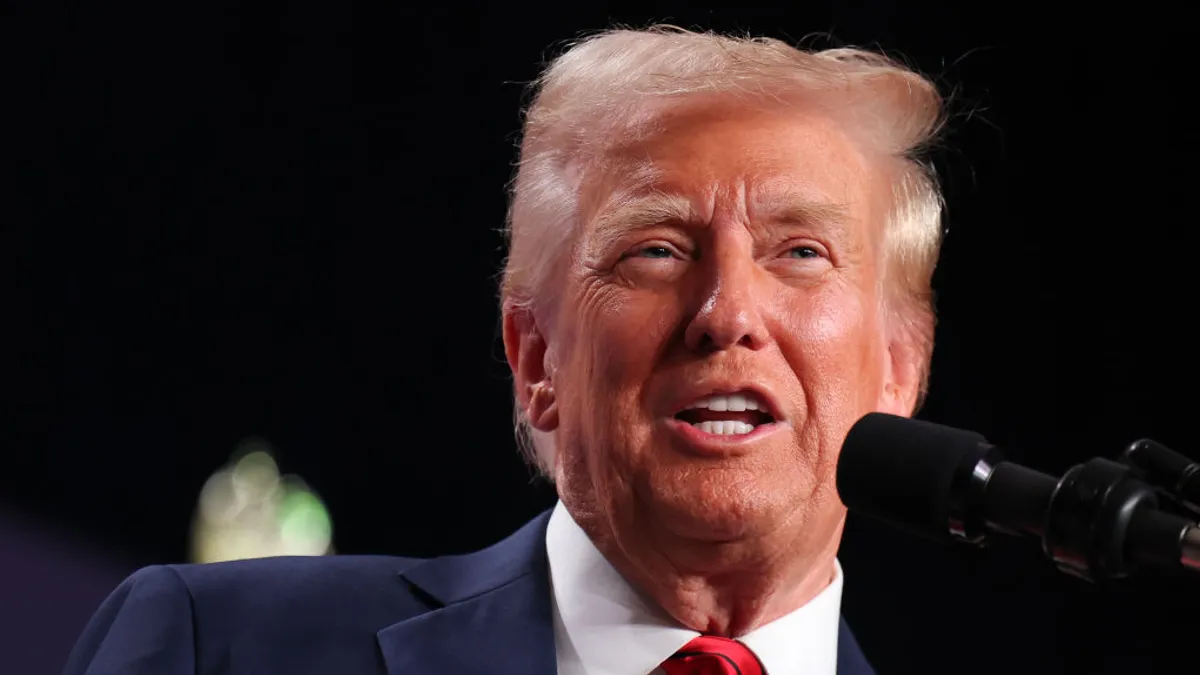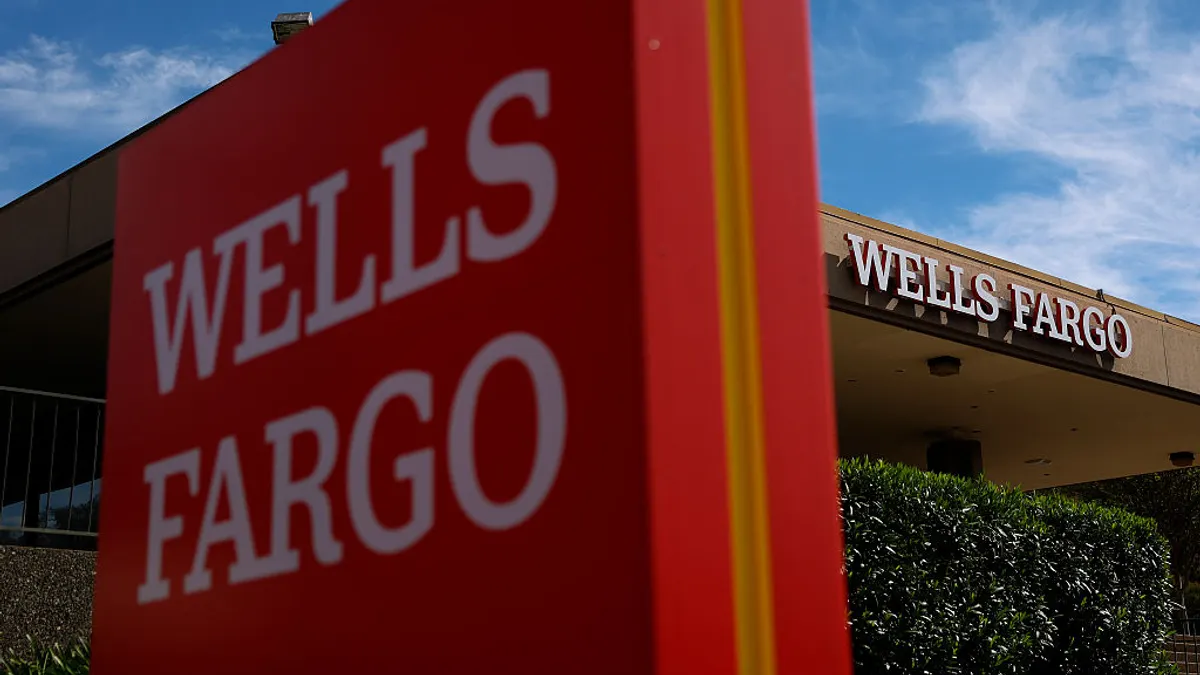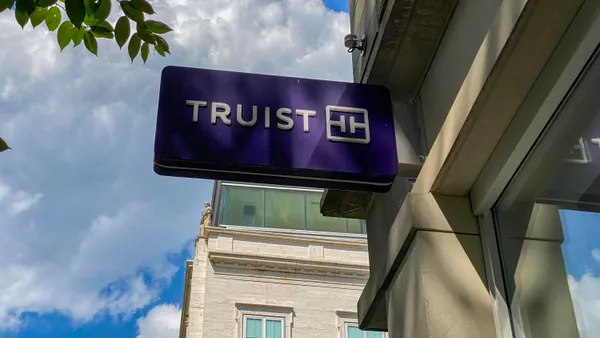Donald Trump’s return to the White House cannot be understated as a potential catalyst for change in banking. To say that capital requirements, the hot-button regulatory issue of 2024, will look vastly different by the end of 2025 than it did last year, would be a laughably easy prediction.
Look at ESG. Few could have foreseen how swiftly the blowback against environmental, social and governance issues in banking would take hold – especially if the U.S. presidential election had a different result. But between Trump’s election and his inauguration, the six largest U.S.-based systemically important financial institutions all quit the United Nations-backed Net-Zero Banking Alliance.
On the Friday before Trump took office, the Federal Reserve announced it had left the Network for Greening the Financial System. The Federal Deposit Insurance Corp. announced it had followed suit minutes before the agency’s acting chair, Travis Hill, laid out his priorities.
Less than two weeks before leading the agency, Hill flagged de-emphasizing ESG as an agenda item. But by Jan. 21, it didn’t make the priority list. Presumably because it was considered already dead.
So, in 2025, the banking space should prepare for rapid change. That goes for artificial intelligence. For crypto, too.
Still, some developments didn’t take hold as quickly as anticipated. Consumer Financial Protection Bureau Director Rohit Chopra – largely seen as a target of “day one” firing by Trump – lasted 11 days in the administration. That’s longer than Anthony Scaramucci. The breakneck pace of lawsuits and rulemakings from the CFPB during the late Biden era has slowed.
Regulators, too, appeared to push forward several high-profile banking mergers and acquisitions in December and January – in perhaps a signal of easing to come. Banking Dive takes a look at the M&A environment for 2025, from risks to the potential effect on timelines.
But as the past weeks have shown, adaptability will be crucial.












